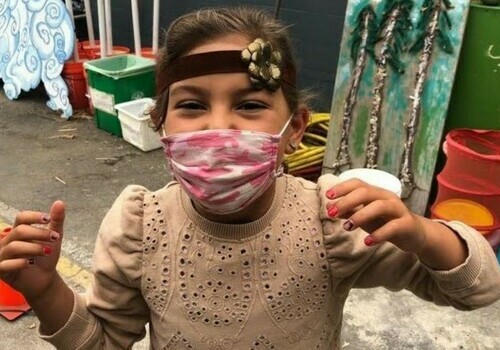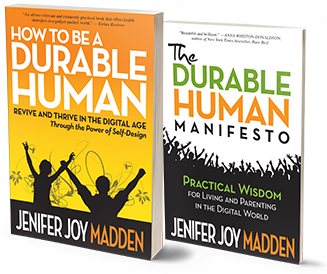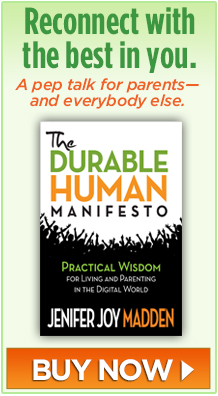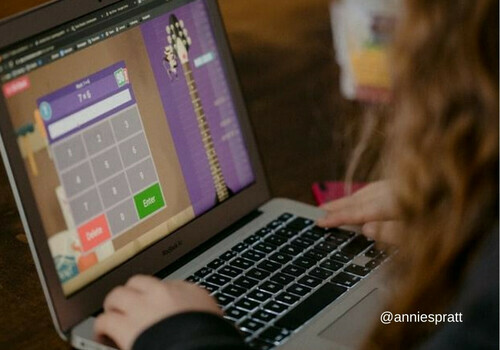
“Ahhh!”, the boy exclaimed as he plopped onto the worn wooden bench. “I’m so relaxed!” The other kids on our short walk felt the same way. Outdoor school, we had followed a trail to a small park that usually sits unnoticed and unused. Once there, the kids smiled more easily and listened contentedly to the sounds of nature all around us.
Helping kids feel better in mind and body is not the only reason a Green Schoolyards movement is sweeping the U.S. The main idea—especially during the time of COVID-19—is to create more usable space at school rather than to cut back on the time students spend there.
Schools weren’t built to keep learners six feet apart. In fact, most schools can only accommodate 60% of students safely spaced within the school building, according to the National Council on School Facilities and Cooperative Strategies.
But what about on school grounds? Not just playgrounds, but the space out front, out back, and along each side. Many schools have public parkland directly adjacent.
Continue reading






